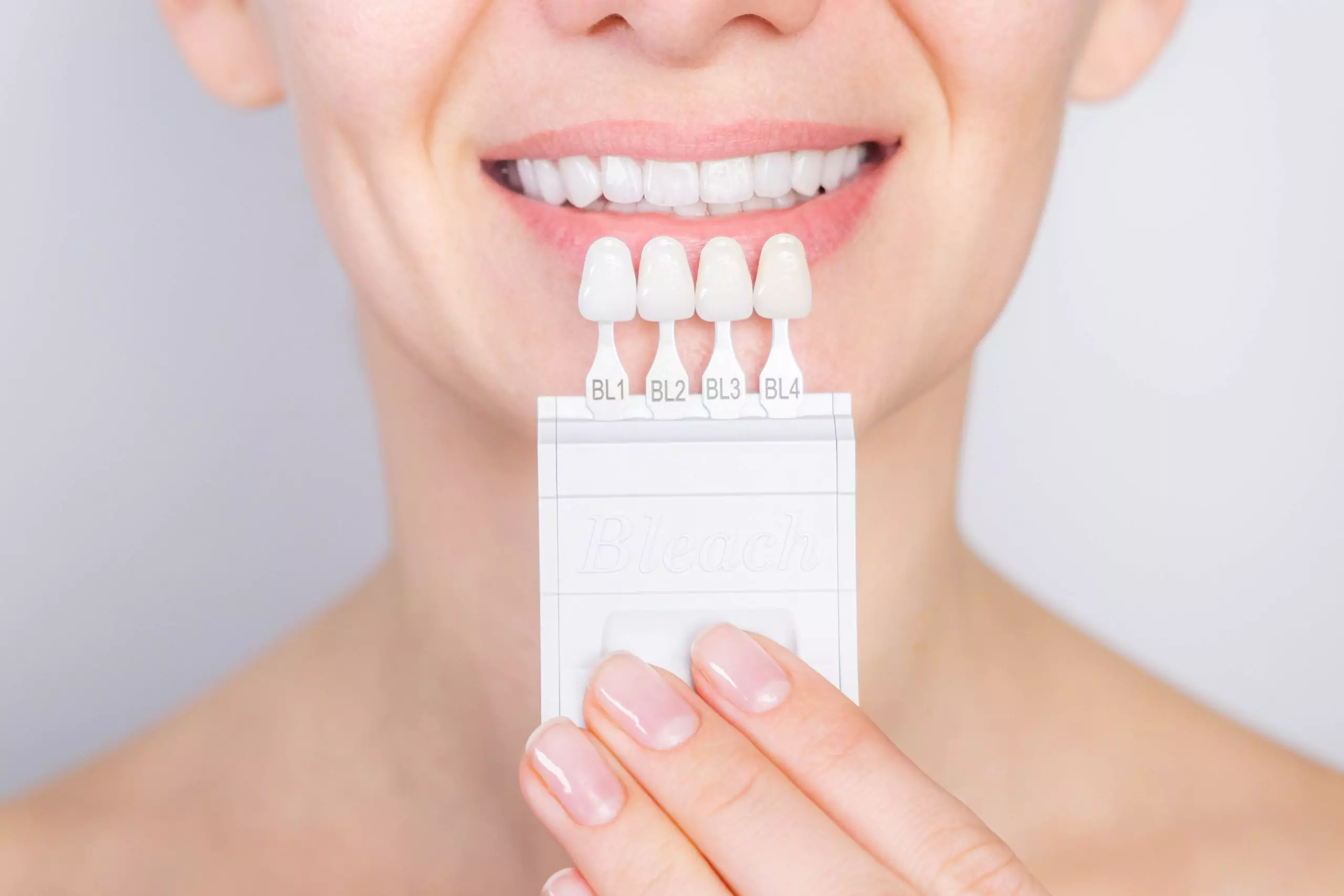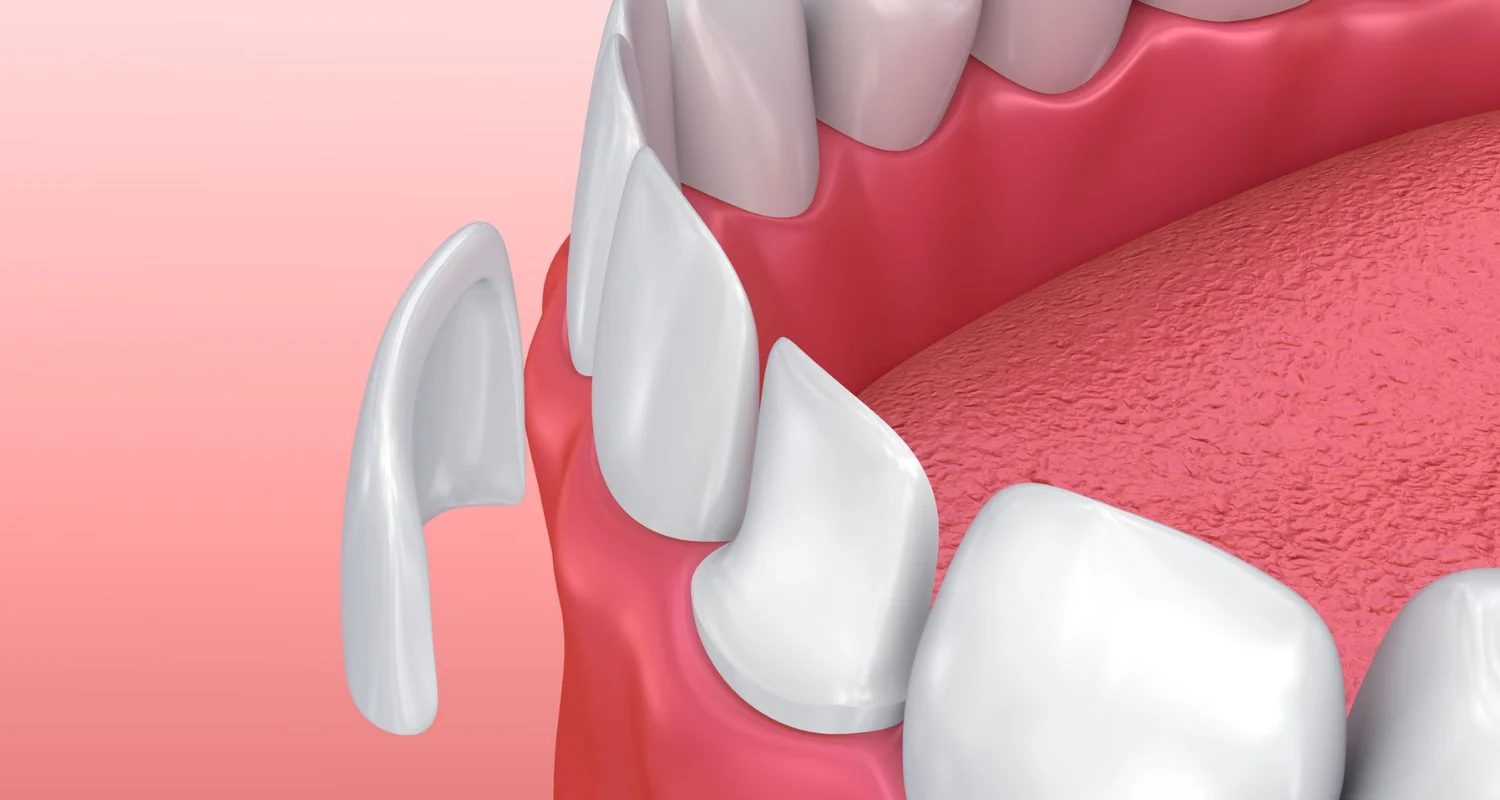Dental Veneers
Improve your smile with dental veneers
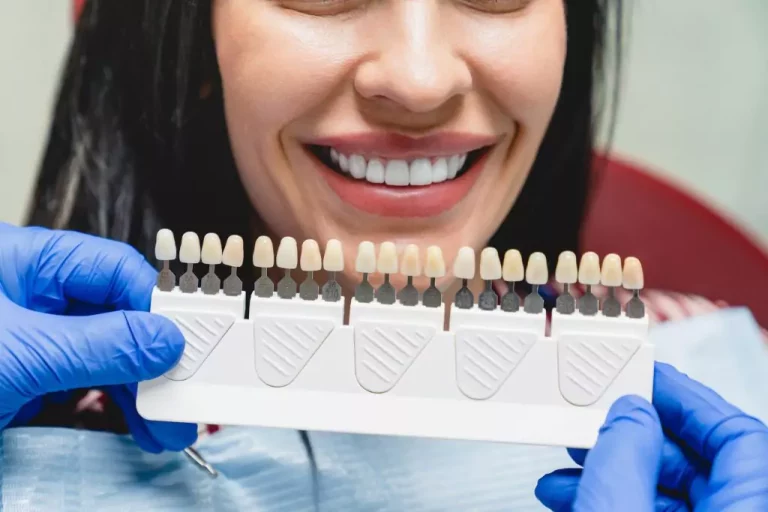
Eliminating some visible cracks, stains, small fractures or edges that show wear from the teeth, through a non-invasive aesthetic procedure that allows confidence to be restored and improves the personal image, is a reality that is achieved with dental veneers.
Dental veneers are the aesthetic option to improve the appearance of teeth. These are made of a thin material – such as porcelain or composite resin – and are placed on the existing tooth surface to improve shape, size, color, and alignment. In other words, they cover and protect the tooth; they do not replace it.
Porcelain veneers vs. composite resin veneers
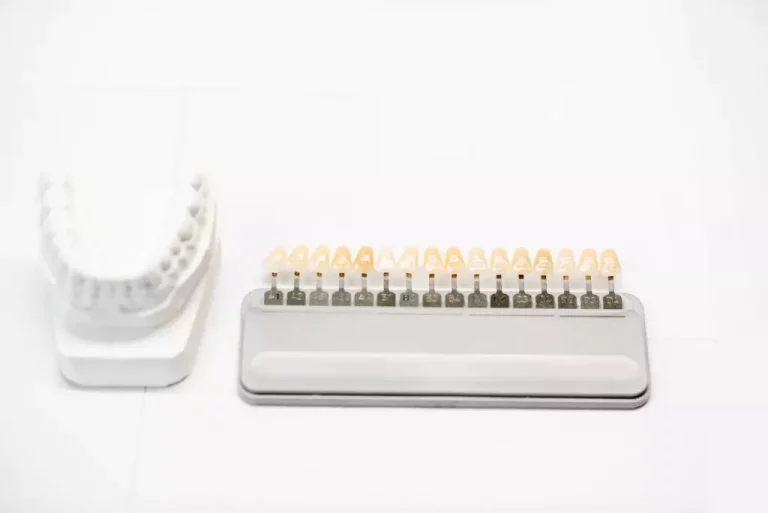
There are two types of dental veneers, depending on the material they are made of porcelain and composite resin:
● Porcelain veneers are the most popular as they offer a longer lifespan and are more natural looking. They are made to fit the person’s teeth in a dental laboratory and are attached to the teeth with a special cement.
● Composite resin veneers have a shorter lifespan than porcelain veneers. They are cheaper and can be placed in a single session. This type of veneer is molded directly onto the tooth and hardens under ultraviolet light.
How are dental veneers placed?
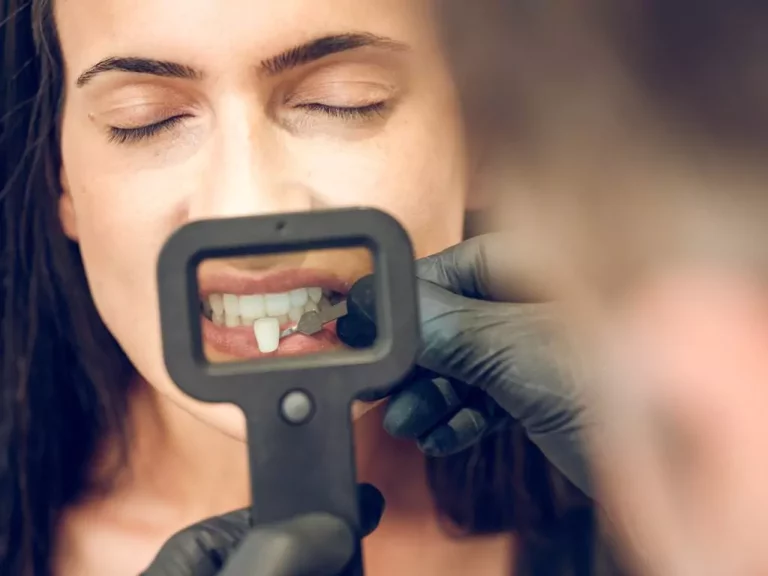
Dental aesthetics has made significant progress in recent years, with new techniques that restore oral health and improve dental appearance with effective, less invasive procedures. Digital technologies such as intraoral scanning and 3D printing make it easier to plan and design the required procedures accurately. In other words, new technologies make it easier to project what the result will be after treatment and thus identify the appropriate therapeutic plan for each person.
A trend-setting concept in this field entails less invasive dental aesthetics, with satisfactory results and minimal tissue damage. For example, dental microabrasion uses soft, abrasive materials to remove surface stains from teeth, while microdentistry uses precise techniques to correct small defects in teeth, without the need for their removal.

19 Natural Antibiotics to Ward Off Any Dental Infection
Sign up to receive daily email dentist tips and challenges, as well as our comprehensive Better smile Guidebook.
How to keep dental veneers in good condition?
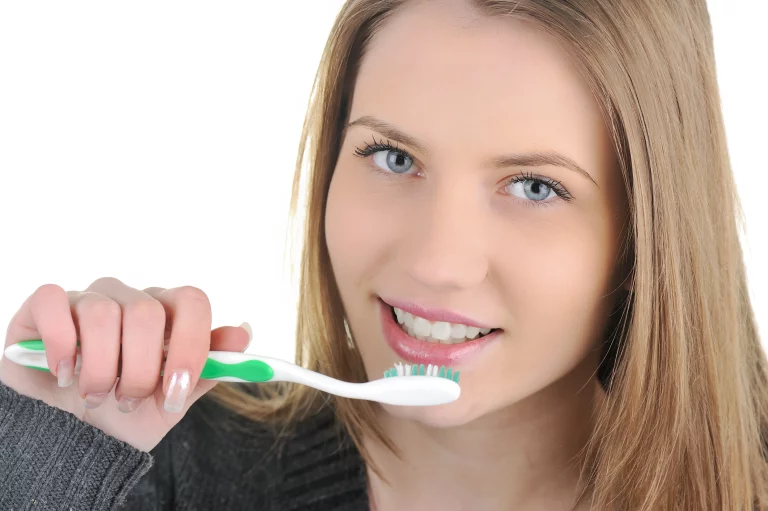
Dental veneers, although they do not require special care, it is recommended to have good oral hygiene. This will help keep them in good condition. Brushing your teeth twice a day, flossing daily, and visiting the dentist regularly for professional dental cleaning, is a pertinent care dynamics.
Another aspect of the care of the veneers is to avoid excessive consumption of food and drinks that can stain the veneers, such as coffee, tea, red wine, and tobacco, which contributes to the care of these. If you practice any sport, the use of a mouth guard is recommended to avoid damaging the veneers.
Why choose dental veneers?
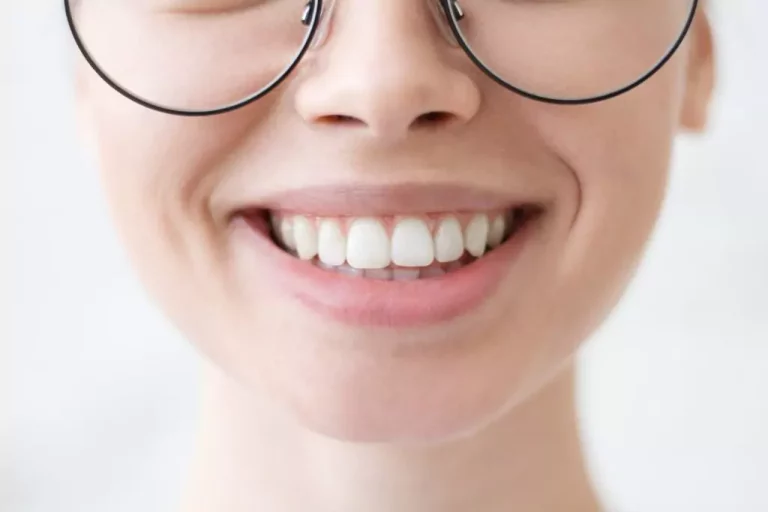
Dental veneers offer several advantages:
- They are a long-term solution to improve the appearance of teeth. Porcelain veneers can last up to 15 years if cared for properly. Composite resin ones have a useful life of between 5 and 7 years
- They are less invasive than other treatments, such as dental implants. Less dental preparation is required and the procedure is less painful.
- They are highly customizable and can be adapted to the needs and preferences of each person.
Dental veneers: an ideal aesthetic option
Dental veneers are a good option to improve the appearance of the teeth and can be adapted to the needs of each person.
Dialogue with the dentist who will carry out the treatment will make it possible to identify the relevant therapeutic route.
Consult our directory of professionals in cosmetic dentistry. There you will find a wide range of possibilities that will allow you to discuss the specific case with suitable professionals and choose the therapeutic alternative that best suits your oral health condition.

19 Natural Antibiotics to Ward Off Any Dental Infection
Sign up to receive daily email dentist tips and challenges, as well as our comprehensive Better smile Guidebook.
Our Doctor
Meet Doctor
Dr. Andreas
Dental specialist

19 Natural Antibiotics to Ward Off Any Dental Infection
Sign up to receive daily email dentist tips and challenges, as well as our comprehensive Better smile Guidebook.



